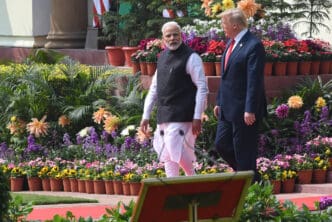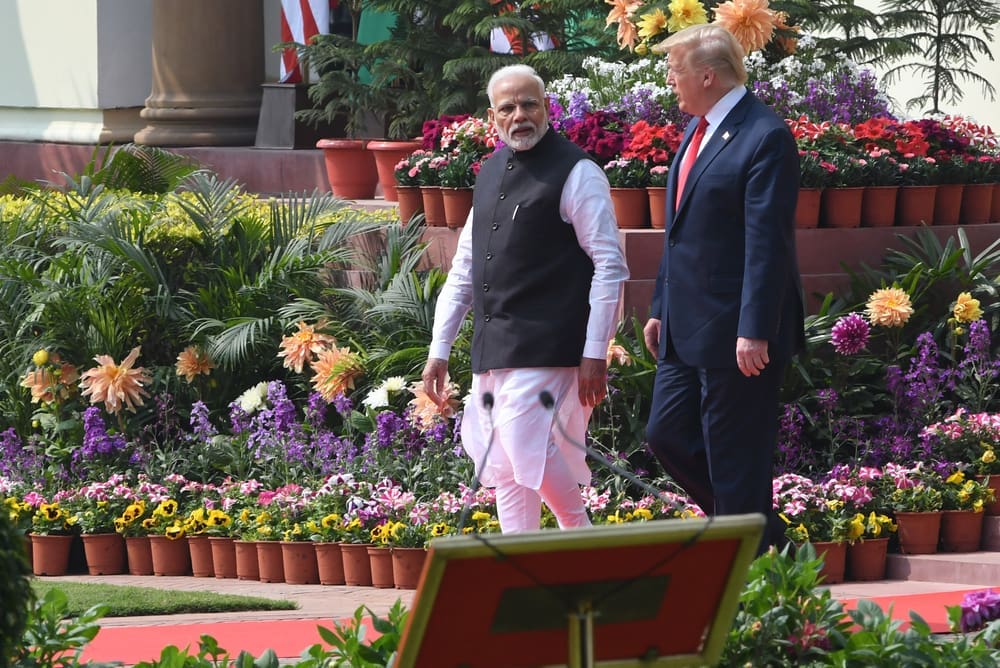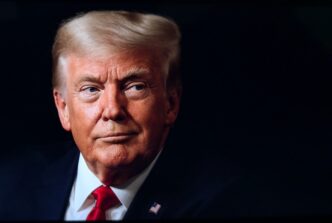President Donald Trump announced on Thursday that India has proposed the elimination of tariffs on goods from the United States, a development that could mark a notable advancement in trade relations between the two nations. This potential trade agreement comes at a time when the US seeks to bolster economic ties with key international partners.
India, known for its high tariff rates on imports, has historically presented significant challenges for US businesses attempting to penetrate its market. The White House has frequently criticized these tariffs, citing examples such as a 70% tariff on automobiles, a 20% tariff on certain networking equipment, and an 80% tariff on rice imports. Moreover, India’s non-tariff barriers, including complex regulatory requirements, have further complicated trade efforts.
The proposal of a tariff-free arrangement could significantly benefit American companies aiming to export goods to India, the world’s most populous country. This initiative aligns with broader efforts from various nations and trading blocs to negotiate favorable trade terms with the US in response to President Trump’s comprehensive tariff policies that have disrupted global trade dynamics.
According to the US Census Bureau, the US holds the position of India’s largest trading partner as of 2024, although India ranks tenth among US trading partners. The trade deficit between the two countries has been expanding, with the US importing $45.7 billion more from India than it exported in 2024.
President Trump’s administration has implemented a baseline 10% tariff on all goods imported into the US, with the possibility of imposing higher “reciprocal tariffs” on specific countries, including a 26% tariff on Indian goods entering the US.
In recent developments, the US has made strides in trade negotiations with other global partners. Notably, a preliminary framework with Britain aims to lower tariffs and increase American access to the UK market. Additionally, the US and China have agreed to a temporary reduction of tariffs in a surprising breakthrough, signaling a potential easing of trade tensions between these economic powerhouses.
In previous statements, President Trump has emphasized the need for reciprocal trade practices, often highlighting India’s tariffs and trade policies. The administration has criticized India’s value-added and digital services taxes and expressed concerns over the growing trade deficit.
Despite the challenges, both nations have seen an increase in the exchange of goods, with the US importing a range of products from India, including pharmaceuticals, communications equipment, and apparel. Conversely, US exports to India consist of various oils, gases, chemicals, and aerospace products.
The potential removal of tariffs by India could lead to a significant boost in US exports, with the White House estimating an increase of at least $5.3 billion annually. However, the methodology behind these figures remains unspecified.








